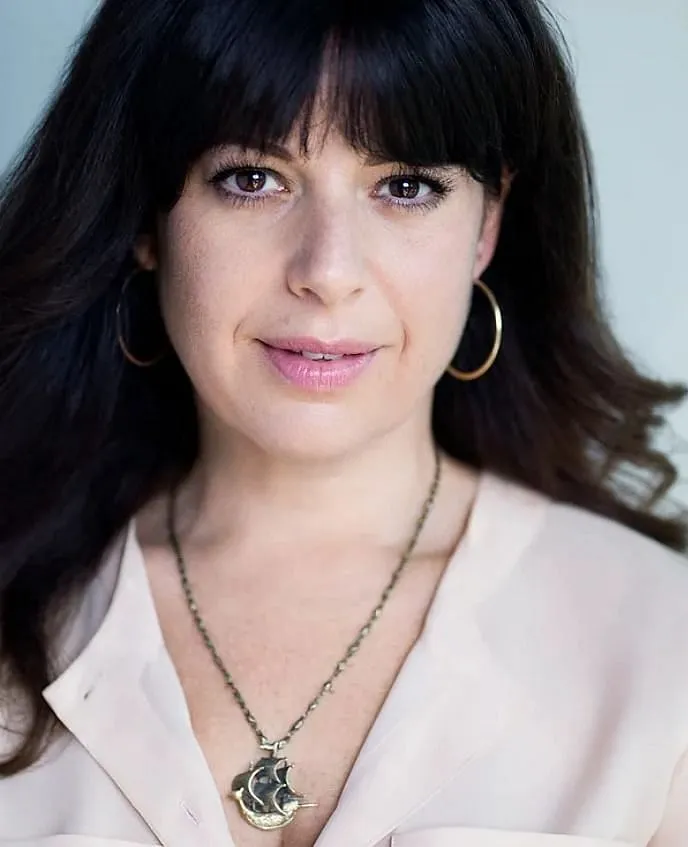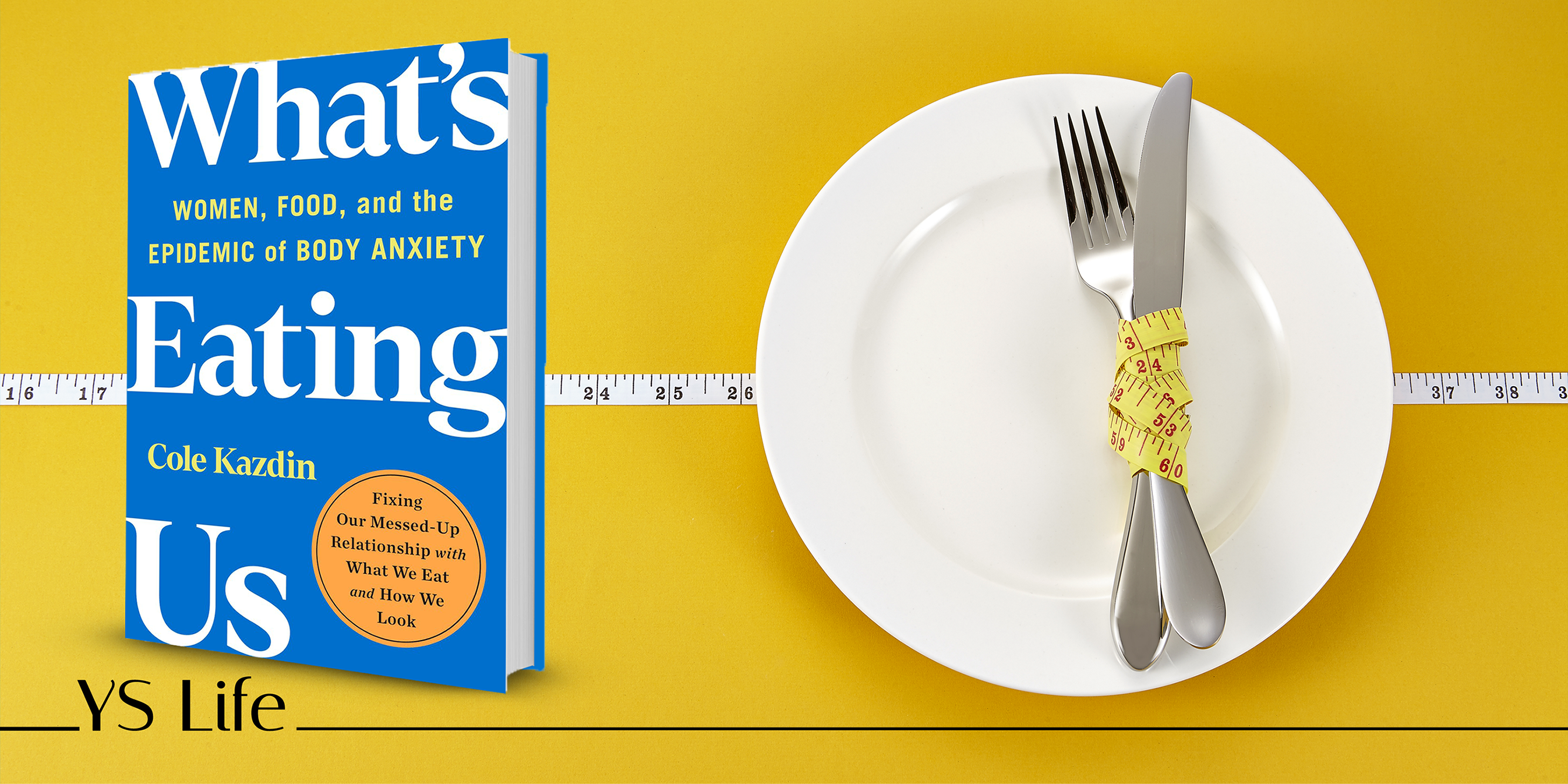Journalist and Bulimia Survivor Brings Startling Facts About Eating Disorders and Dealing With Them
A personal account that grows into investigative reporting, journalist Cole Kazdin’s book throws light on the extent and complexity of eating disorders in post-modern society.
When we think of people dealing with an eating disorder, we either imagine someone who looks like Brendan Fraser in The Whale (a part that won him the Oscar for Best Actor this year), or someone dying of hunger to stay thin (Kate Moss in her prime). Journalist and performer Cole Kazdin wants to burst every cliché associated with bulimia.
A bulimia survivor, she brings an insightful and detailed book about eating disorders with What's Eating Us: Women, Food and the Epidemic of Body Anxiety.
Her journey from denial to survival and then healing through therapy, and meeting psychologists, academicians, and survivors is a revelatory treatise. It highlights that some of the best help can be found within oneself and among a tribe of fellow victims.

Cole Kazdin
All That Breathes review: The Oscar-nominated documentary makes a compelling case for nature in urban chaos
Kazdin is a successful broadcast journalist, radio host, and producer. She has four Emmy Awards to her credit for Good Morning America, and has received the 2014 Edward R Murrow Award for her work at ABC News.
However, her overwhelming success concealed a raging bulimia. She would binge-eat, throw up till her senses hurt, and rejoin the office or a post-work meet-up regularly. No one ever noticed the issue and people rather complimented her on her stick thinness with a ‘looking good!’ comment. She writes that eating disorders are concealed and often never acknowledged by the sufferer or peers or even medical professionals.
As she began to accept her problem, she also started reading up on the overwhelming influence of body image on girls and women. While her book is specific to the US in the resources, it offers as well as professional support, it addresses a larger issue that impacts women from a formative stage.
In common medical parlance in the US, mild eating disorders are diagnosed as ‘normative’—they are normalised. A scary proposition, she analyses the long-term impact of normalising poor eating or binge-eating, starving or food deprivation through the products that a continuously spinning wellness industry sells.
For instance, ‘detox teas’ translates to laxatives. A popular dieting and fitness app, Noom, offers ‘no-diet’ plans that apply binge eating and deprivation as fundamentals to weight loss. An abnormal weight standard is set for women past the age of 30 by most leading high-street fashion brands.
Celebrity culture impacts body image. Kazdin counters this with the challenges that female celebrities face while maintaining extreme fitness levels. The pressures of looking good impact how one feels at all levels, irrespective of how successful or wealthy they are.
Interestingly, Kazdin has written about prevalent diets like the paleo diet (based on fish, meat and vegetables and excluding grains as is assumed to have been eaten by early humans), and intermittent fasting (eating cycles between periods of fasting and eating) as inherently unhealthy. She focuses on how a diet affects the mind, training it to feel restricted and deprived of certain foods; thereby leading to binge eating or depressive mindsets.
However, the book doesn’t offer alternatives to weight loss diets. It advocates healthy and mindful eating, and eating for pleasure. This transition is reflective of her slow, painful and long journey of accepting and enjoying food after having dealt with an eating disorder for a very long time.
She has also highlighted the negative effects of obsessive over-exercising — a common phenomenon among millennials and GenZ; one that has poor consequences on undernourished bodies and makes the young prone to heart attacks.
Kazdin has expanded the scope of eating disorders to capture social and economic consequences beyond the affluent. Despite the lack of extensive data or the available ground, she has scoured through psychological analyses and conducted primary interviews with both caregivers and patients to build a case of the wide-ranging impact of bulimia and anorexia on the African-American, Hispanic, Native Indian and Asian communities in the US.
She establishes that eating disorders can affect anyone, irrespective of race or economic status. It is a deep-set cultural phenomenon that pressures women to look ‘good’, leading to long-term prejudices against curvy, or large-bodied women.
At times pedantic, Kazdin’s book does throw light on some scary statistics. For instance, neuro-divergent or psychological disorders that are primarily social include autism spectrum disorder, schizophrenia, and eating disorders. Of these, eating disorders rank the highest in fatality rate, killing people when their hearts stop or their oesophagus gets damaged. However, the other disorders get more funding and resources for healthcare research.
To equate eating disorders with schizophrenia is a bit far-fetched. But it is enlightening to see the widespread nature of eating disorders driven by social media and peer-approval culture. Eat your food, don’t let food eat you—that’s the message of the book.
Verdict
Beginning as a memoir that grows into investigative reporting and laying out solutions for eating disorders, Kazdin has put the prevalence and impact of the condition on centre stage. By working through interviews and first-person narratives, this book feels like a personal conversation.
Eating disorders come second to opioid addiction in fatality rates in the US—a shocking statistic and an indication of its far-reaching impact. To stay healthy and not be critical of one’s body in an over-marketed, myth-driven industry is her biggest point.
Edited by Kanishk Singh











